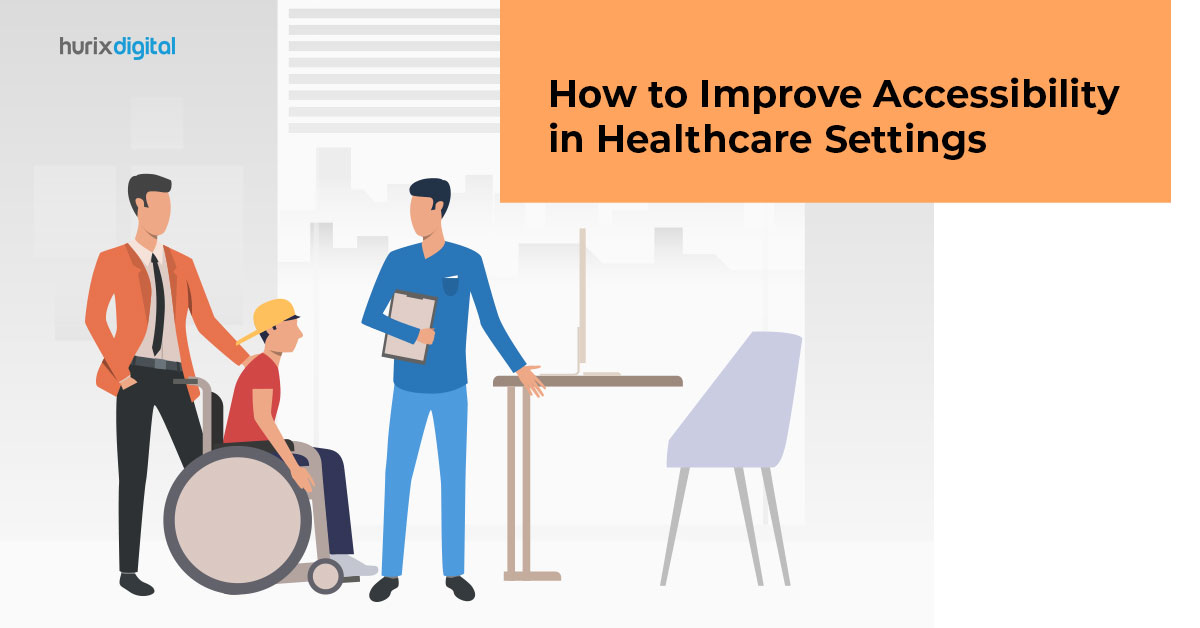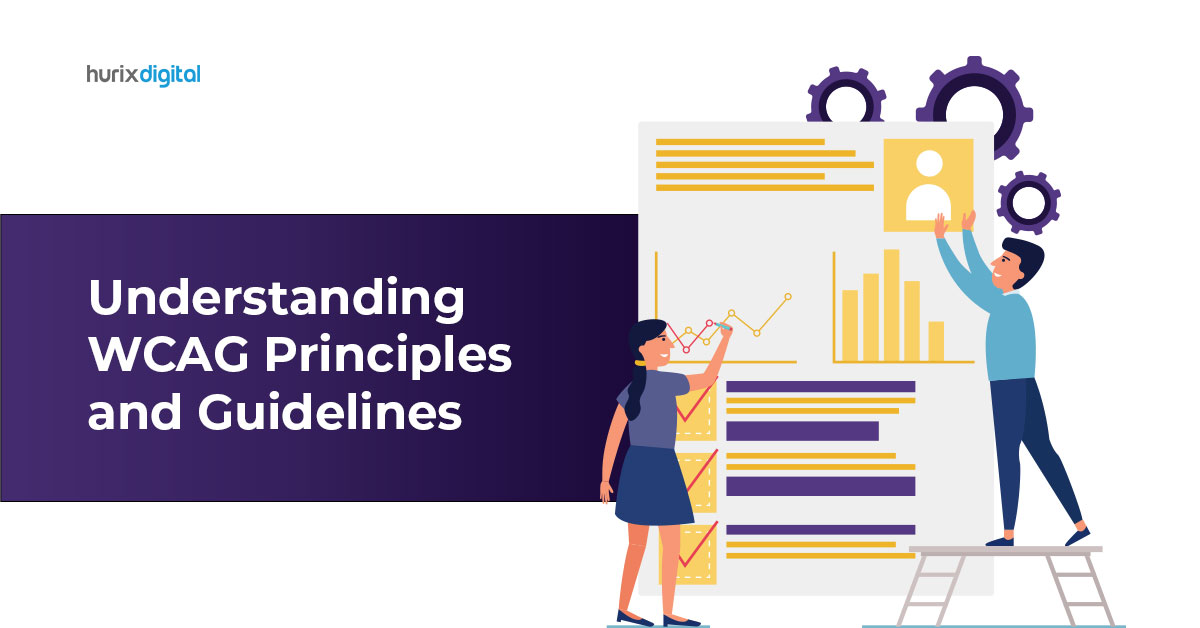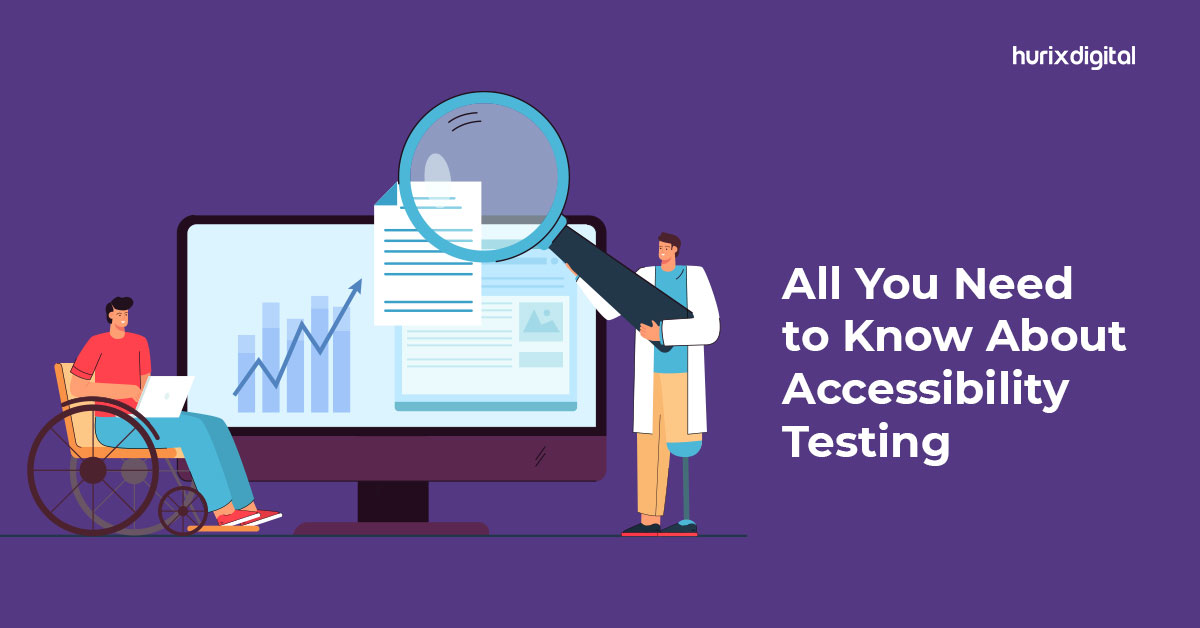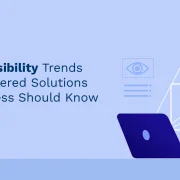
How to Improve Accessibility in Healthcare Setting?
Health is a basic human right, and timely access to quality healthcare helps individuals prevent disease and improve their quality of life. Everyone deserves equal access to effective healthcare facilities and services, regardless of their abilities or impairments. Ensuring accessibility in healthcare is essential to creating an inclusive system that serves all individuals equitably.
Unfortunately, many healthcare facilities still struggle to provide everyone access to critical health services. Nearly half of the world’s population lacks essential health care. Further, around 100 million people are put into poverty yearly from healthcare spending.
Wondering How to Make Healthcare More Accessible?
Awareness of the barriers to healthcare is the first step towards equitable healthcare services. This article will cover the numerous accessibility concerns in healthcare settings. It will also discuss the steps that can be taken to create a more inclusive and accessible environment in healthcare centers.
Table of Contents:
- What are the 5 Common Barriers To Healthcare Accessibility?
- Six Steps to Improve Accessibility in Healthcare Setting
- Improve Accessibility with Hurix Digital
Common Barriers To Healthcare Accessibility
Ideally, essential healthcare services should be accessible and affordable for all. But unfortunately, many barriers still exist that prevent some individuals, especially those with disabilities, from accessing quality healthcare services.
1. Physical Barriers
Physical barriers can be real obstacles for differently abled people to access quality healthcare services. For instance, people in wheelchairs often struggle with steps, narrow doorways, and examination tables that are not height adjustable.
Many healthcare facilities lack assistive technologies, such as ramps or lifts, that accommodate the needs of people with mobility impairments.
2. Attitudinal Barriers
Some healthcare professionals have negative attitudes toward patients with particular medical disorders or limitations. They speak patronizingly to patients, view them as less capable, believe they have intellectual limitations, or completely underestimate their needs.
Such attitudes on the part of healthcare staff lead patients to experience a lack of respect or empathy.
3. Communication Barriers
Effective communication is critical in health services. But doctors and nursing staff are often not trained to communicate effectively with people with disabilities. This can lead to severe consequences, like misunderstandings, incorrect diagnoses, or inappropriate treatment, among others.
For instance, deaf individuals may overlook crucial information during medical consultations or become perplexed about properly administering medication. Similarly, visually impaired people could find reading printed information crucial to their treatment difficult.
4. Financial Or Logistical Barriers
The accessibility of healthcare is also affected by logistical and financial constraints. Lack of insurance coverage, restricted access to transportation to reach healthcare facilities, a dearth of clinics, and a lack of medical professionals are a few significant financial and logistical obstacles. They prevent patients from getting timely access to medical care.
For instance, about 3.6 million Americans cannot seek medical treatment because they lack access to reliable transportation to the nearest healthcare centers.
5. Lack Of Access To Healthcare Information Or Technology
Differently-abled patients often face challenges in accessing or understanding health information available on the internet.
For instance, the absence of healthcare information in accessible formats like Braille or large print reduces accessibility to the blind or visually impaired. Similarly, a lack of access to telehealth solutions prevents patients with logistic barriers from receiving medical care.
Also Read: A 7-Step Guide to Improving Healthcare Website Accessibility
Steps to Improve Accessibility in Healthcare Setting
It is important to address and eliminate the above accessibility barriers so everyone has fair access to healthcare services. Here are some steps you can take to make the healthcare sector more inclusive:
1. Conduct An Accessibility Assessment
Conducting an accessibility audit of the facility is the first step to enhancing accessibility in healthcare. This will make it easier to spot any physical or attitudinal obstacles hindering people from obtaining quality healthcare.
It is crucial to include people with disabilities in the assessment process to comprehend their unique requirements and challenges fully.
2. Provide Healthcare Compliance Training
Healthcare compliance training can be an effective tool to make the medical staff understand their legal obligation to provide accessible care. The training can cover topics related to the disability act of the country, effective communication techniques, and disability etiquette.
They can help improve medical service quality and reduce lawsuits due to inaccessible facilities or improper attitudes toward patients with disabilities. Studies also suggest that training healthcare personnel can facilitate better patient communication and help eliminate attitudinal barriers.
3. Offer Simulation Training For Healthcare Professionals
Another training that can prove beneficial for healthcare providers to understand the experiences of patients with disabilities and empathize with them is simulation training.
The training exposes healthcare professionals to different realistic scenarios involving patients with disabilities, thus providing a deeper understanding of their needs and challenges.
This way, they can develop more patient-centric strategies for overcoming these challenges and improving accessibility.
4. Implement Technology Solutions
Technology solutions are making healthcare accessible and affordable in many ways. For instance, individuals living in rural areas can use telehealth services for remote consultations, eliminating their need to travel miles to reach the nearest clinic.
A study by the National Institutes of Health backs this point. It suggests that telemedicine services can improve healthcare access for individuals living in rural or remote areas.
Similarly, assistive technologies, such as mobility aids, electronic health records, voice-activated technologies, captioning services, etc., can make health education and services more accessible to differently-abled patients.
5. Expand Medical Coverage
Expansion of health insurance coverage through employer sponsorship can benefit people who might otherwise not have access to affordable healthcare services owing to their financial limitations.
Similarly, government initiatives like financial assistance programs and community health centers can make healthcare services more affordable to low-income households.
6. Incorporate Gamification into Healthcare
Finally, health centers can also use Gamification to improve healthcare accessibility. By incorporating game-like elements, such as points, rewards, and competition, into healthcare apps and programs, health centers can encourage patients to participate actively in preventive health practices.
Such gamified education can be presented in various formats like audio or video to accommodate the needs of differently-abled individuals. The availability of different formats can improve health outcomes for all and enable differently-abled patients effectively manage chronic illness.
Also Read: ADA And Healthcare: Why Healthcare Providers Need To Be Accessible?
Improve Accessibility with Hurix Digital
Accessibility barriers pose a significant hurdle for the healthcare sector, preventing many individuals from getting quality healthcare services. It’s high time for the healthcare sector to take the necessary measures to create a more accessible system for all. The aforementioned solutions can be the first step in that direction.
Hurix’s expertise in creating accessible eLearning solutions can be valuable in improving accessibility in healthcare settings. By partnering with healthcare providers to conduct accessibility audits and create inclusive training programs and eLearning platforms, Hurix Digital can help everyone enjoy quality healthcare access.
Get in touch to learn more!

Vice President – Content Transformation at HurixDigital, based in Chennai. With nearly 20 years in digital content, he leads large-scale transformation and accessibility initiatives. A frequent presenter (e.g., London Book Fair 2025), Gokulnath drives AI-powered publishing solutions and inclusive content strategies for global clients








